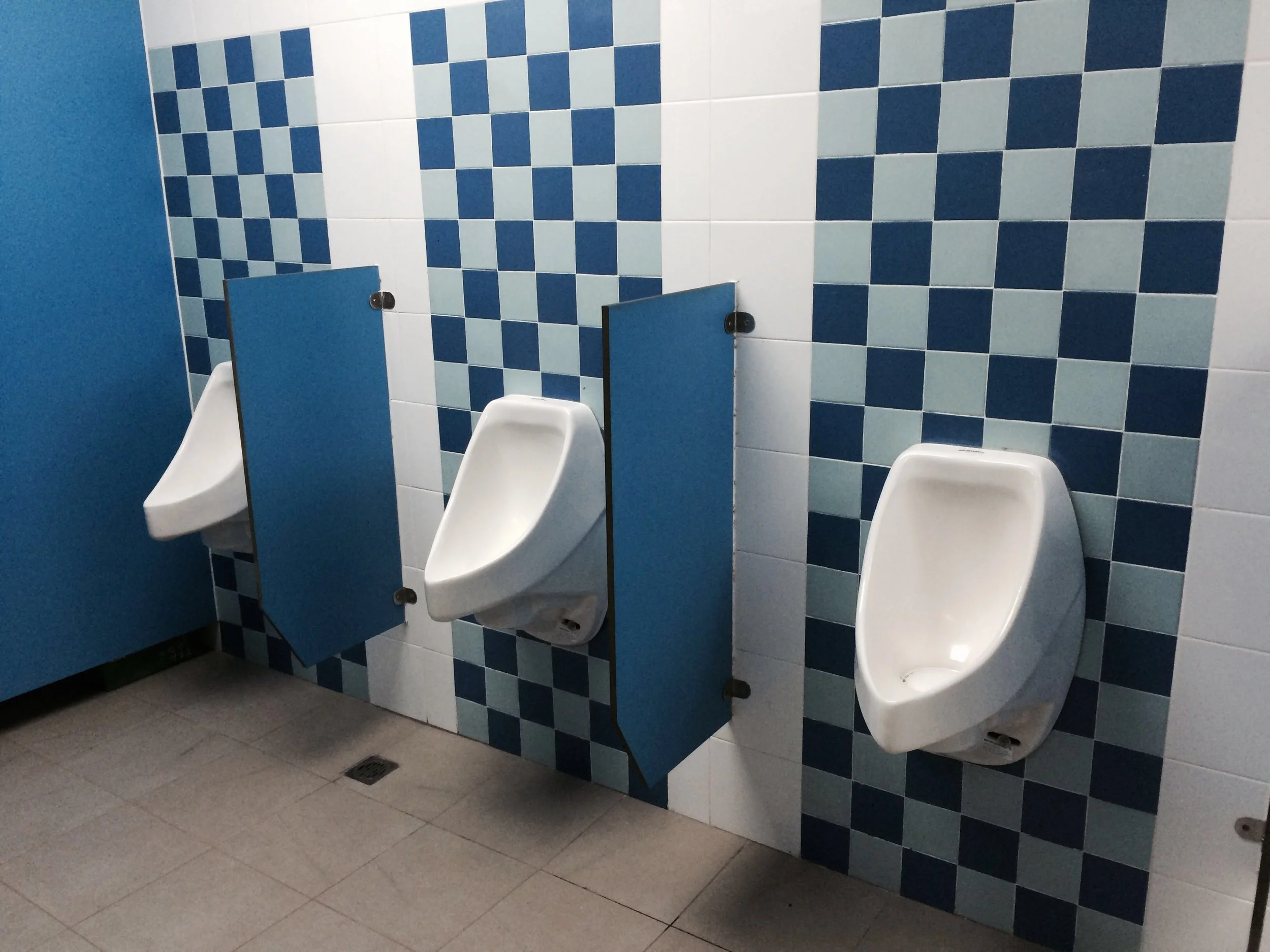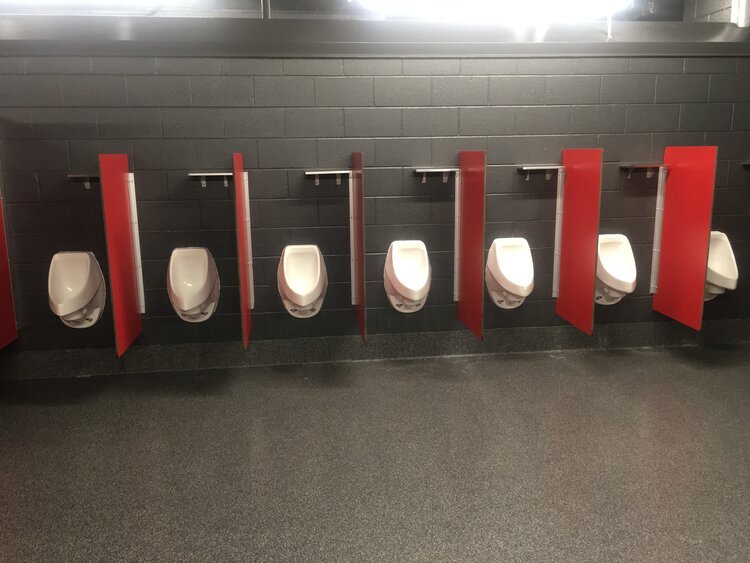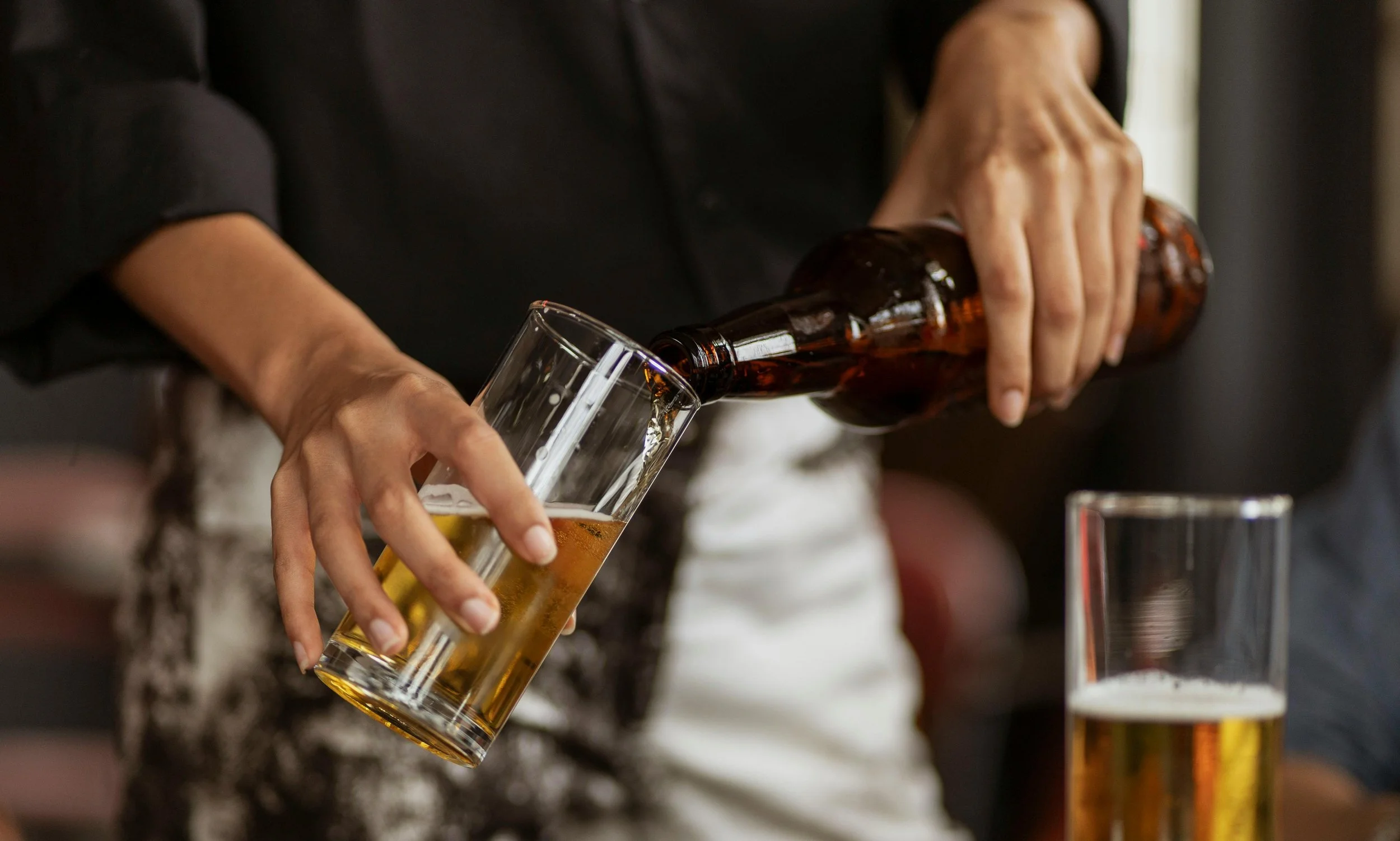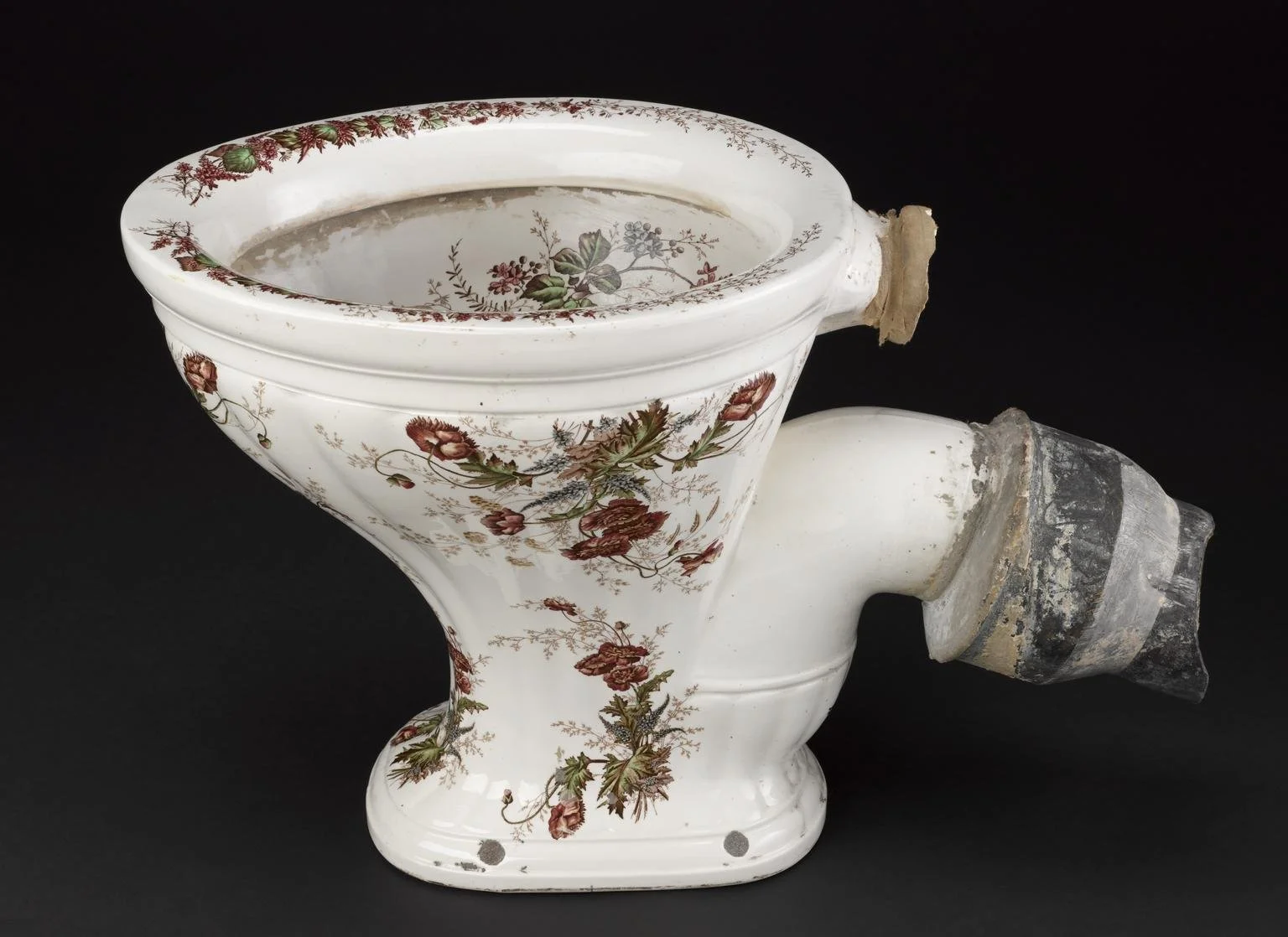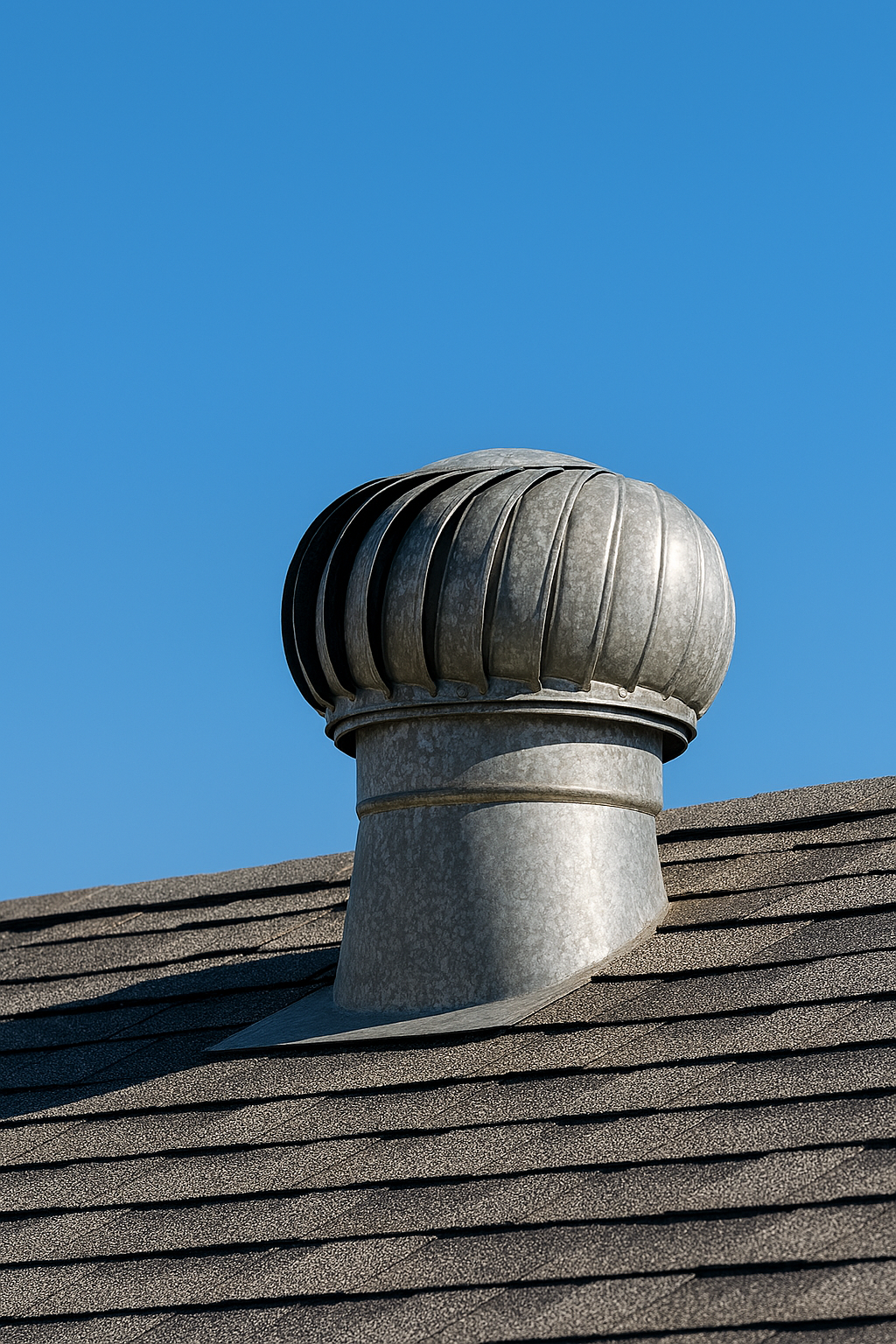EverPrime® is a proven drain odor prevention solution designed to stop sewer gas smells before they escape into restrooms, laundry rooms, and other building spaces.
By preserving the water seal in floor drains and plumbing traps—even in unoccupied or low-use buildings—EverPrime helps protect both indoor air quality and occupant health.
When drain traps dry out, they can release foul odors, harmful bacteria, and dangerous gases into the air. These issues are common in vacant properties, seasonal homes, and commercial buildings—and they can lead to tenant complaints, health concerns, and costly maintenance calls.
Why Property Managers and Homeowners Choose EverPrime®
With EverPrime®, you can:
Improve indoor air quality
Eliminate sewer odors and keep restrooms and living spaces clean and fresh.
Protect occupant health
Reduce exposure to bacteria and gases that can cause discomfort or illness.
Save time and money
Prevent repeat service calls, emergency plumbing repairs, and tenant complaints caused by dry drain traps.
But don’t just take our word for it. Below are real, verified purchaser reviews from Amazon and other trusted sources explaining why EverPrime is a must-have solution for property managers, facility managers, and homeowners.
⭐ Verified Purchaser Reviews
“Works as advertised.”
Verified Purchase
Posted by Robert on October 12, 2020
“It's easy to use. Follow the instructions, and the odors are gone. I had an overflow drain in the laundry that would dry out and cause an unwanted sewer smell. I purchased EverPrime, and there is no more smell.”
“Tenant complaints stopped.”
Verified Purchase
Posted by JL on October 2, 2020
“I'm a property manager. I got tired of tenants complaining about sewer gas smells in restrooms when the traps dry out. So far, EverPrime is not drying up, and complaints have stopped. Yea!”
“Perfect for vacant or seasonal homes.”
Verified Purchase
Reviewed in the United States on March 23, 2024
“I use it in the drains in our Florida house. It works great, and after a couple of months of dormancy, the house doesn't stink.”
Important Clarification from Waterless Co.
One reviewer experienced a clogged sink after use. It’s important to note:
EverPrime is not a drain opener.
It is an odor-blocking liquid designed to prevent sewer gas from escaping when the water in a drain trap evaporates.
Our recommendation:
If a drain is clogged, use a drain auger to clear it first. If that does not resolve the issue, consult a plumber before applying EverPrime.
“Great product.”
Verified Purchase
Reviewed in the United States on February 23, 2019
“Perfect accessory for home urinals.”
Verified Purchase
Reviewed in the United States on September 16, 2019
“Easy to use—works for months.”
Verified Purchase
Reviewed in the United States on August 13, 2021
“Great stuff but a little pricey.”
Response from Waterless Co.:
Only 3 ounces per drain are needed. EverPrime lasts for months, making it a highly cost-effective solution.
“Safe, effective, and well-packaged.”
Verified Purchase
Reviewed in the United States on January 5, 2021
“Great functionality. Easy to use. Safe and effective. Good packaging.”
Note: These are authentic customer reviews. Minor spelling and grammar corrections were made for clarity.




